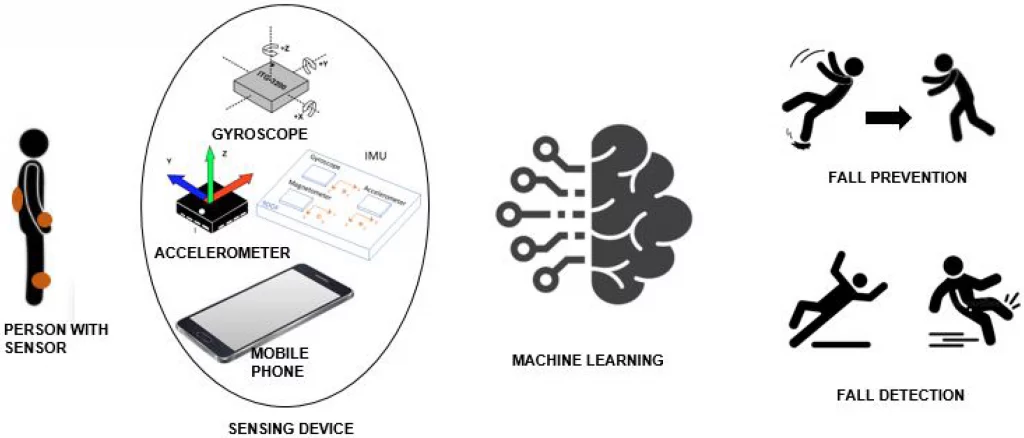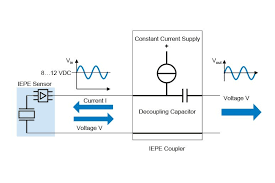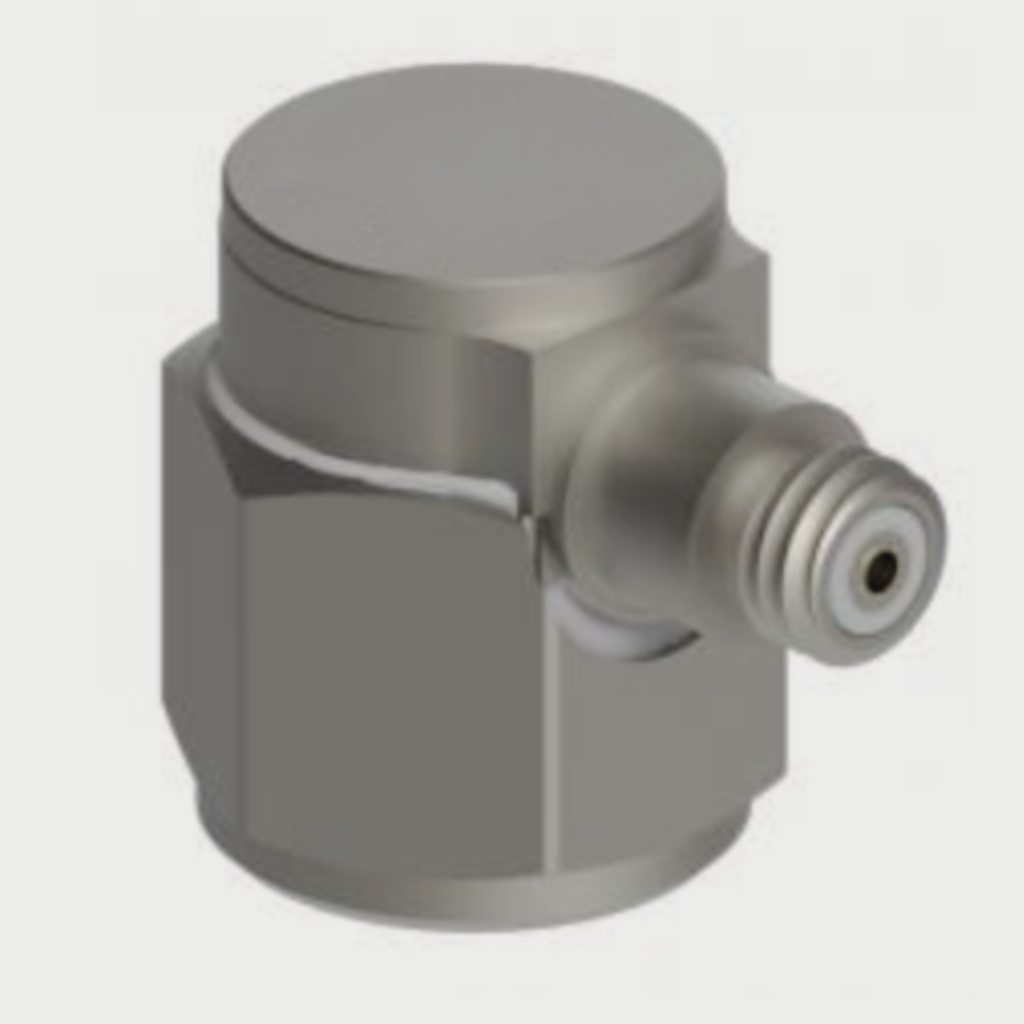What is an accelerometer?
A General Purpose accelerometer is a type of sensor that measures the vibration / acceleration of motion of a structure. They are used in a variety of settings. This includes everything from space stations to handheld devices. For example, almost all smart phones use an accelerometer as part of their hardware. They are the reason why your phone turns on when you pick it up. In other settings, accelerometers help engineers know more about a machine’s stability and look out for any unwanted forces or vibrations.
How does an accelerometer work?
Accelerometers use an electromechanical sensors to measure either static or dynamic acceleration. Static acceleration is the constant force on a body, such as gravity. This is why accelerometers produce reading even when just placed on the ground. It will measure the force of gravity for that area.
Conversely, dynamic acceleration is non uniform. Instead, it’s a sudden vibration or shock. A good example of this is a sitting car involved in a sudden collision. Accelerometers use electromechanical sensors designed to measure static or dynamic acceleration to detect accelerations and turn them into measurable data like an electrical signals.
How to Use a General Purpose Accelerometer?
Accelerometers measure vibrations for a myriad of machines and devices. This includes cars, machines, buildings, process control systems and safety installations. They also measure seismic activity, inclination, machine vibration, dynamic distance and speed with or without the influence of gravity. Basically, if a vibration or shock requires measuring, you need an accelerometer.
What Devices Use A General Purpose Accelerometer?
Lots of devices use accelerometers. This includes smartphones, cameras, video game devices, airplanes, rockets, missile and fall detection devices used in medical settings.
For example, accelerometers used in missiles correct for pitch orientation and keep the missiles on target. They also measure apogee (the highest point a rocket reaches before gravity pulls it back down). This is particularly helpful for model rocketry and missile tests.
Fighter Jets also use accelerometers to determine how much pressure pilots experience (gees). In this scenario, accelerometers alert pilots if they are approaching a point where keeping consciousness is too difficult (the more gees a pilot is pulling, the harder is it is to stay conscious). Think Tom Cruise in Top Gun.

Finally, accelerometers can also help save lives. Accelerometers in fall detection devices sense when someone has suddenly fallen by determining a change in a person’s velocity, direction and if they are moving. If the device senses these values in a “danger category” a fall alert calls for help.

What is an IEPE Accelerometer?
IEPE accelerometers offer mechanical sensing structures of microscopic size. They use silicon and microelectronic circuits to measure acceleration. They measure the charge created by a
We recommend using an IEPE accelerometer with TEDS for test environments. That’s because a constant current powers this kind of accelerometer. As a result it provides a clean signal. It does this by removing noise sources often found in other accelerometers. Furthermore, the TEDS chip contains sensitivity and other details that reduce the chance of operator error.
How do IEPE Accelerometers Work?
IEPE accelerometers measure the charge made by a crystal being compressed or shear loaded by a mass influenced by acceleration. Afterwards this charge is changed to a low impedance voltage output using integral electronics.

Contact US
What to know more about accelerometers? Please contact us here.
